FME Desktop 2020.0
It’s likely that 2020 will be remembered for a long time so it is perhaps fitting that the focus on the FME 2020 release has been finding your data zen and making working with data even easier.
FME started 2020 ready to prove it had come of age and was no longer that geeky tool sat on the GIS computer, but was a tool that delivered across the whole organisation. 2020 has proven to be the year that has shown it can.
FME is for the Organisation
FME’s goal is to support individuals and organisations of any size with integrating departments, applications and systems. This is a goal that has become increasingly important, as organisations try to adapt to new ways of working and increased demands for data to meet new challenges.
FME is a scalable, flexible, secure, no code solution which means that it is well suited to helping our users respond to the new challenges they face, and letting them focus on solving these challenges not battling data or software problems. It is proving once again to be the swiss army knife of data management.
As organisations battle scaling for a remote workforce, with systems and applications tied up behind firewalls and VPN connections, you can seamlessly migrate on premise FME Server solutions to FME Cloud and benefit for anywhere access and rapid deployment and scaling. It can free you from your IT infrastructure headaches and help that data zen.
Readers and Writers:
The current situation has led to the need for many more organisations to need to share information and FME 2020 introduces two need formats that are perfect for web mapping. There is now support for the TopoJSON which is similar in concept to ArcInfo’s coverage format for those old enough to remember it! For those not, it is similar to GeoJSON but rather than shared boundaries being captured twice, the topology of the data is captured so that shared boundaries are stored once, reducing the amount of data needed and making it a great format for polygon datasets.
Alongside this, the technical preview of Mapbox Vector Tiles has been released, which allows web map tiles to be stored as vector features rather than as traditional raster tiles. This allows for fast rendering and the ability to manipulate the tile data within the client. They provide smaller data size than raster tiles so need less diskspace to store and less bandwidth to transmit. They are also faster to generate and aren’t restricted to specific zoom scales like raster tiles, which provides a smoother zoom experience and an end to pixelation. The example below shows a web vector tile map of Irish counties.
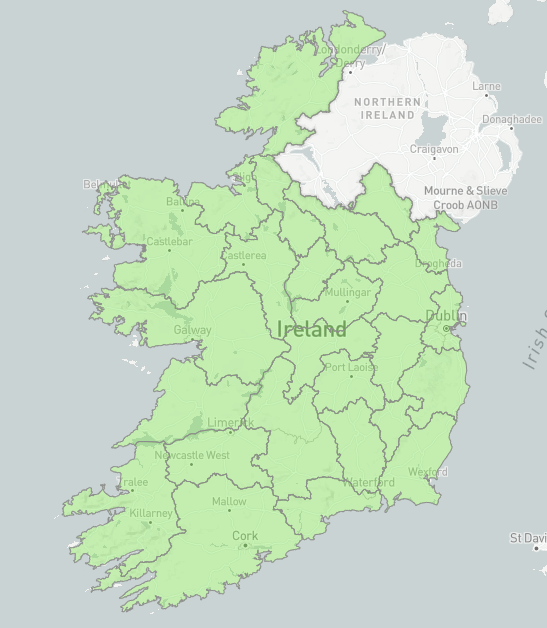
As part of the integration with Enterprise Cloud data in this release, the Snowflake Reader/Writer graduates from tech preview status. Snowflake is a cloud database platform that provides a modern data warehouse that is ideally suited for advanced data science, data lakes, and provides near infinite scaling thanks to being cloud native. Importantly it provides hosting of data within Ireland to provide geographical data security. This makes it the perfect partner to FME Cloud as both products remain within Irish jurisdiction but provide all the benefits of cloud-based platforms.
Alongside the Reader/Writer, FME has the ability to perform SQL queries against the data within the Cloud database at blistering speeds using the existing SQLCreator or SQLExecutor transformers.
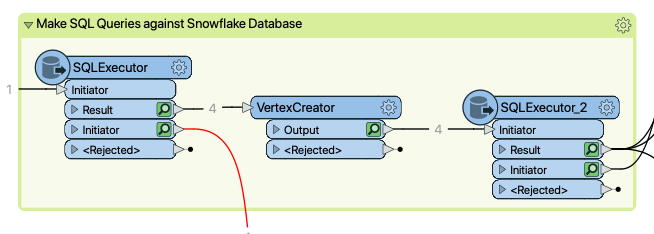
Among the other new readers and writers introduced in this release and one that is of special interest for IMGS’s Hexagon users, is that FME now supports version 3 of the ECW format. ECW provides sophisticated compression for imagery, allowing large image mosaics to be stored efficiently with native pyramid support, that will not require tile caches. Version 3 of the format brings support for transparency, allowing irregular shaped images to be used more intuitively within applications.

Alongside this, more users are looking to Building Information Modelling (BIM) and Autodesk’s Revit software, as FME has now significantly improved native support for reading in Revit models, with the example here showing both a 3D view and a floor plan view from the same source data.
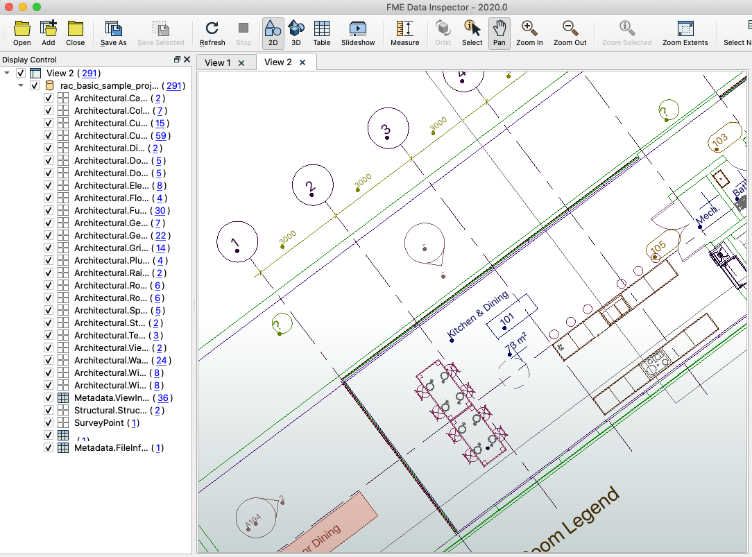
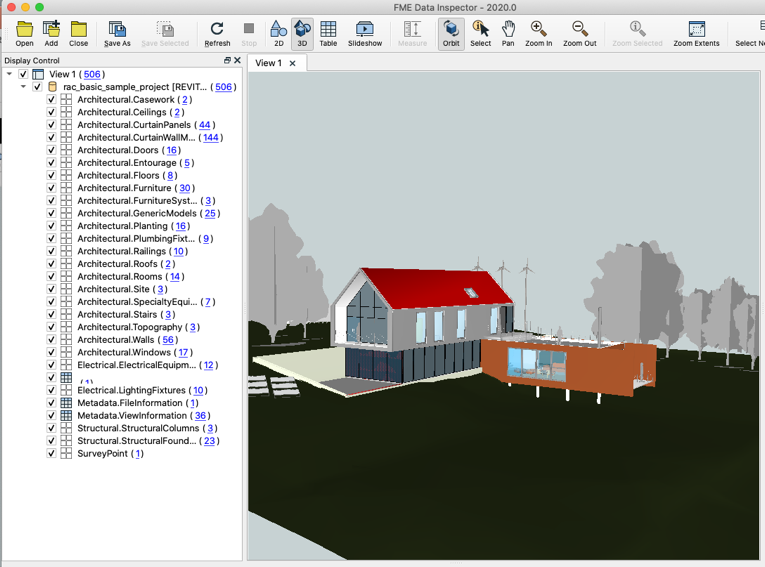
FME Server
On the Server side, FME automations have continued to be improved since their introduction in FME 2019. The initial release allowed for workflows that had traditionally been built, using the classic notifications capabilities in FME to be built within a graphical environment. This was a step change in usability, allowing complex multi workspace workflows to be clearly visualised.
With 2020 this can be extended even further with the introduction of the FME Server Automation Writer, which allows multiple messages to be sent from a Workspace to other parts of the workflow. This means it’s easier to pass messages or instructions between Workspaces within an automation, and allows Workspaces to be smaller and more focused, as well as opening up the opportunity for FME to maximise parallel processing based on the number of engines.
Ultimately it allows FME to interact more easily with other systems within an organisation, especially as more of these systems provide APIs to interact with. This allows FME to deliver event driven integration capabilities that let it plug into and inter-operate with departments and systems throughout an organisation. It’s no longer just running a bunch of schedule tasks overnight!
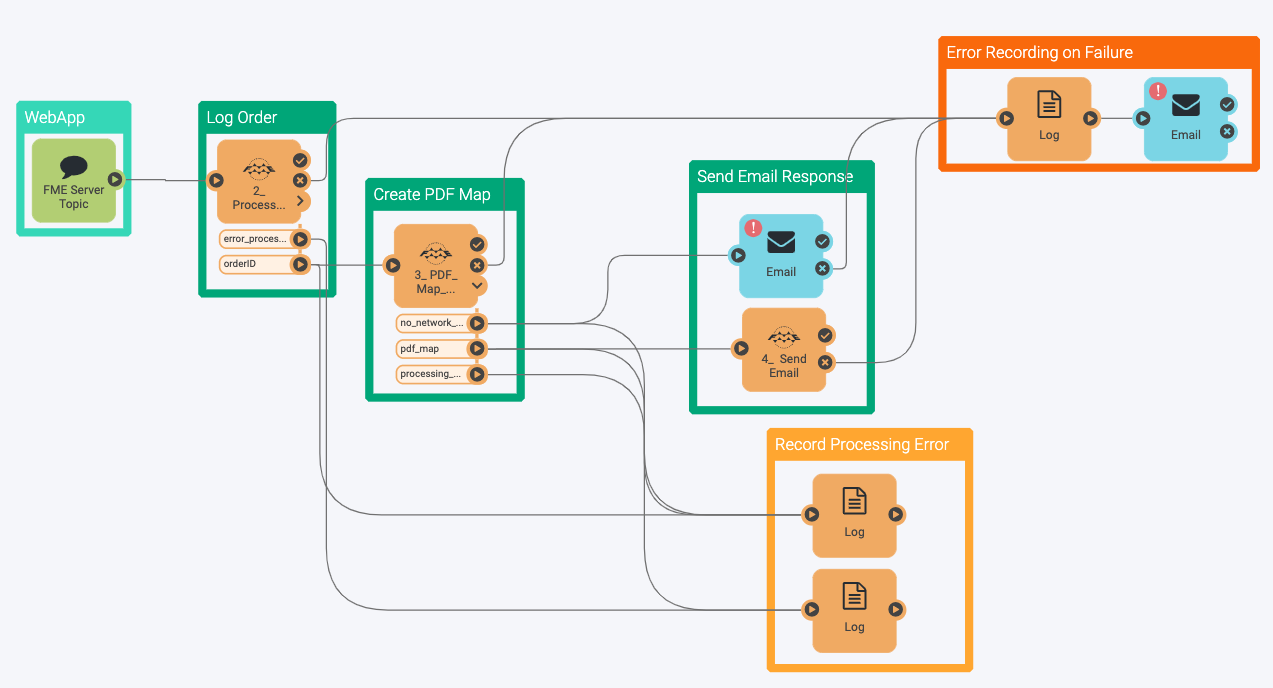
With many customers running key workflows through FME Server its more important than ever to know that these processes are running without problem, and through the power of webhooks it’s possible to integrate FME into Microsoft Teams to quickly flag up problems.
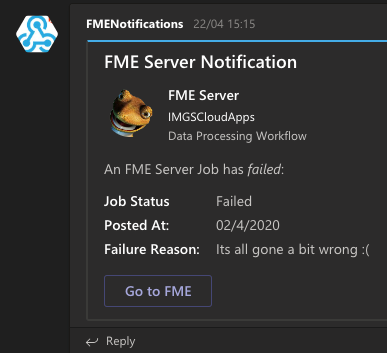
Not only that, but it’s possible with the OneDriveConnector transformer in FME, to have FME generate new reports, upload these to a Microsoft 365 OneDrive and then send a shareable link out to a Teams Channel for people to get the latest information.
The best bit is that this isn’t new to 2020 and is available in at least the last few major releases!
Server Apps
Server apps are another function that were introduced in FME 2019 but have been enhanced in 2020 with two of the most asked for features. This release sees the introduction of security to the web apps so you can control who has access to them, as well as the ability to have a web map to allow users draw geometry features that can be passed into a Workspace.
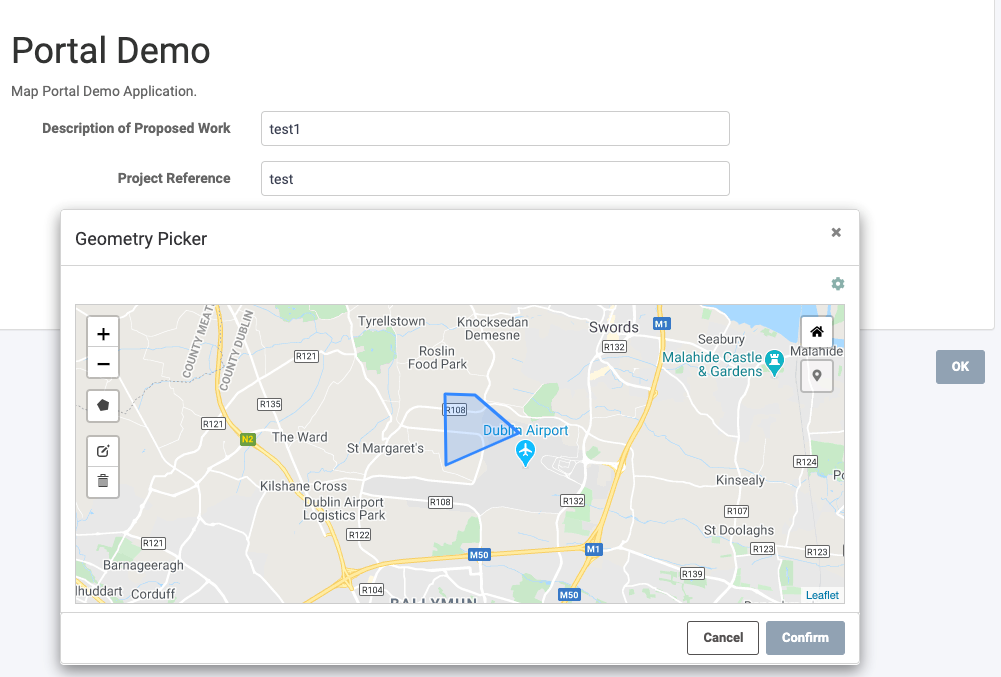
The map can also be replaced with your own choice of tile map, so you can add your own mapping into it to further customise the user experience and make it relevant to your own users. This allows for example, users to add large scale mapping to provide more context than provided by common map APIs.
Alongside this, is the ability to enable security on your Server App so that when a user tries to access it, they will be challenged to log in. This log-in is integrated with FME Server’s user management, which can be integrated with an organisations Active Directory to make rolling out secure apps across the organisation an effortless process.

Computer Vision
If you do find yourself at home with time to explore new ideas, then FME is expanding its capabilities into the field of Computer Vision and Machine Learning. There are connectors for Google, Azure and Amazon’s computer vision APIs amongst others.
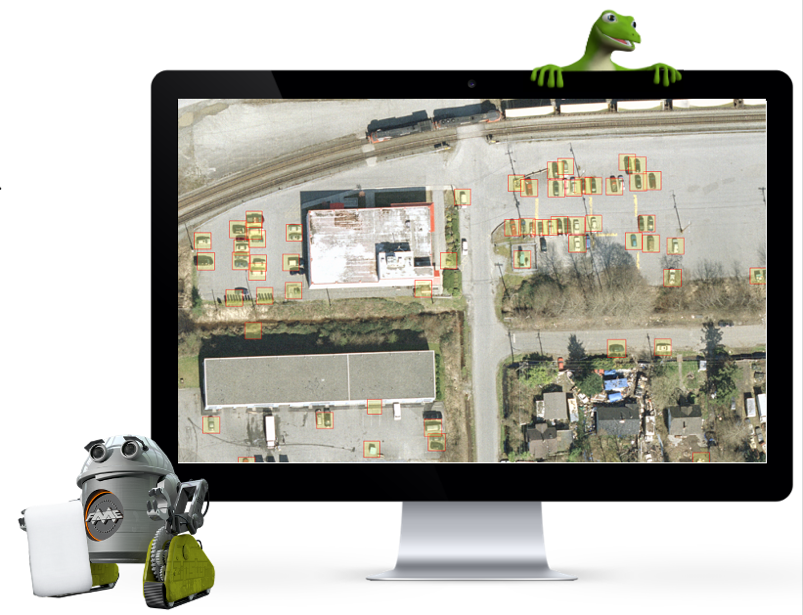
FME provides a powerful tool for not only connecting to these tools to process the data, but also in the creation of training data to power the algorithms doing the analysis. Then having run the analysis, FME can push the insights out to the relevant downstream applications and data platforms.
So, if your fed of missing the delivery driver with the vital supply of toilet roll, pasta and gin you can hook FME up to your web cam and use its computer vision to spot them and alert you! You can find out how here.
2020 & Beyond!
That has just scratched the surface of what’s new and we’ve not even covered performance improvements like the upgraded Shapefile Reader/Writer, the new StatisticsCalculator interface and the ability to change the connection lines in Workbench!
Oh, and FME 2020 is the fastest FME release yet, so your workflows are not only easier to build, but with more power so they can run much faster too!
If you want to find out more don’t forget our FME World Tour has now moved to October 6th where we’ll also be showing what’s new in FME 2020.1. It will be worth the wait!



